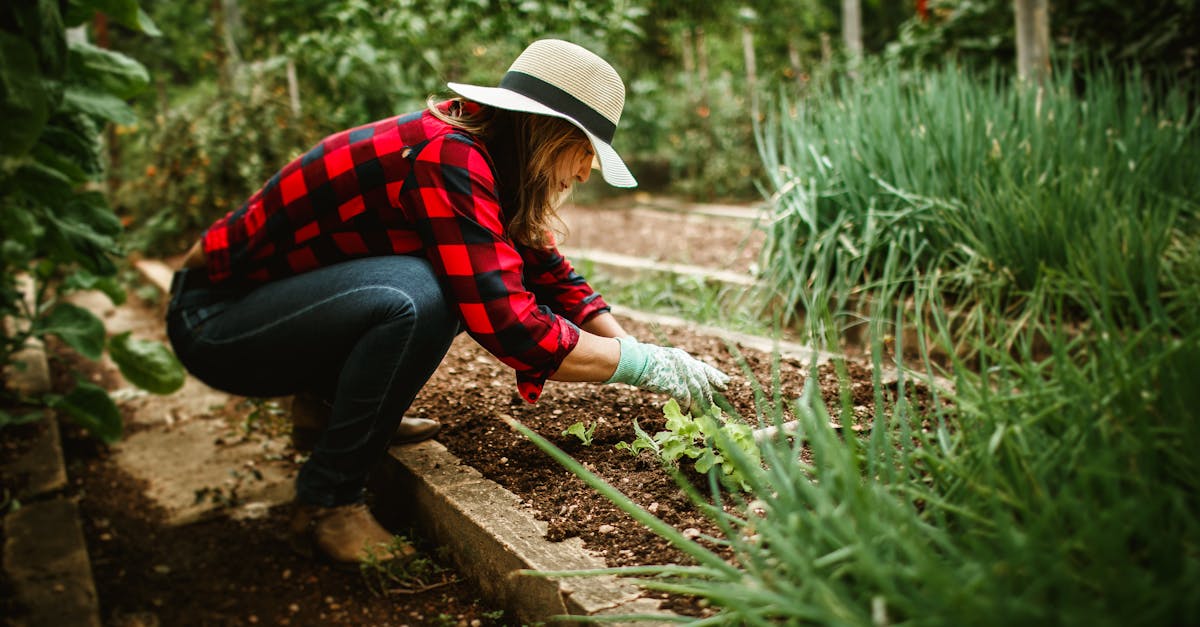Create A DIY Vertical Garden Today
Introduction
Imagine a verdant oasis rising vertically, right in the comfort of your home. A DIY vertical garden transforms plain walls into lush, green sanctuaries. Not only do these gardens maximize space, but they also bring a refreshing burst of nature indoors.
Advertisement
Benefits of Vertical Gardening
Creating a vertical garden offers numerous advantages. Besides saving space, they improve indoor air quality by purifying the air. These gardens also help in reducing stress, enhancing mood, and potentially growing your own food, all while adding an aesthetic appeal to your space.
Advertisement
Choosing the Right Wall
Before starting your project, select a suitable location. Look for a wall that receives ample sunlight, as most plants will need it to thrive. Consider external walls or balconies if outdoor placement is an option. Ensure the wall material can support the garden’s weight and moisture.
Advertisement
Selecting Plant Varieties
Your chosen plants will make or break your vertical garden. Opt for plants with similar sunlight, water, and soil requirements. Consider leafy greens, herbs, succulents, or flowering plants like petunias, which adapt well to vertical setups. Ensure a mix that will flourish in your specific environment.
Advertisement
Gathering Essential Materials
Start by collecting the necessary materials. You will need a wooden pallet, metal brackets, screws, landscape fabric, potting soil, and your selected plants. Tools like a drill, a staple gun, and gardening gloves will make the assembly process smoother and safer.
Advertisement
Building the Structure
Begin by preparing the pallet. Secure it firmly to the wall using metal brackets and screws. To prevent soil from escaping, line the inside of the pallet sections with landscape fabric, securing it with a staple gun. Fill each section with potting soil, leaving enough space for plant roots to spread.
Advertisement
Planting Your Garden
Once your structure is ready, it's time to plant. Carefully remove plants from their original pots, loosening any encircled roots. Gently place each plant in its chosen section, pressing down on the soil to remove air pockets. Ensure proper spacing so each plant has room to grow.
Advertisement
Irrigation Tips and Maintenance
Watering is crucial for vertical garden success. Consider installing a drip irrigation system, ensuring all plants receive sufficient moisture. Regularly check for signs of pests or disease, trimming dead leaves to promote healthy growth. Fertilize as needed, following each plant's specific requirements.
Advertisement
Expanding Your Garden
As you grow accustomed to caring for your vertical garden, consider expanding. Add more varieties, create multiple installations, or even build vertical herb gardens for a kitchen-friendly twist. Innovations like these keep your gardening journey fresh and exciting.
Advertisement
Conclusion
Vertical gardening is a rewarding way to bring nature indoors. By transforming unused wall space into a thriving garden, you can enjoy a greener, more vibrant living environment. With careful planning and maintenance, your DIY vertical garden will grow into a lush centerpiece of your home. Happy gardening!
Advertisement

